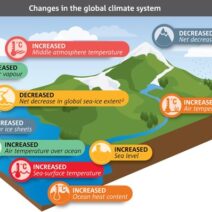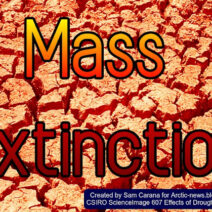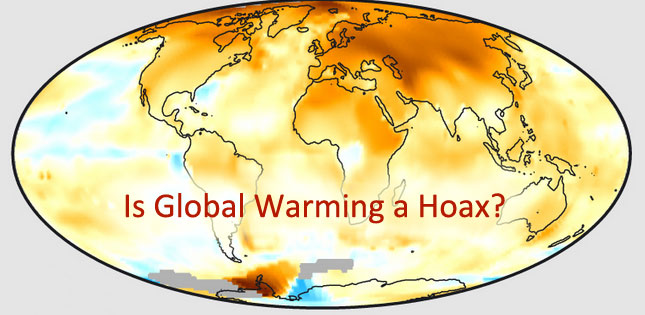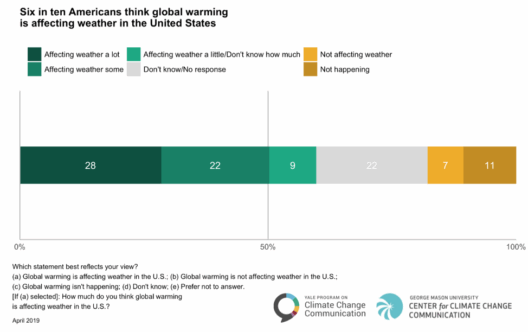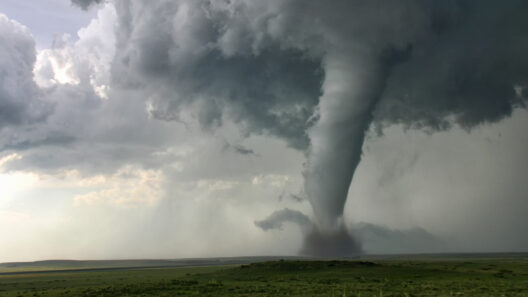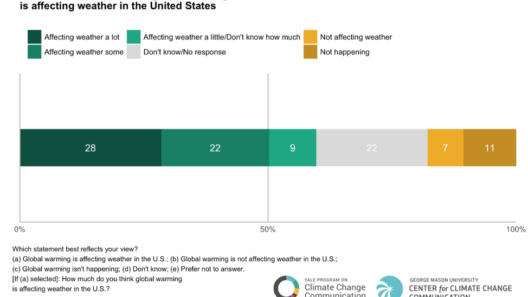The concept that the Earth possesses an innate ability to self-regulate and rectify climate change, often propagated as a comforting myth, is misleading and could very well be detrimental to our environmental future. This notion suggests that the planet has mechanisms in place to counteract the deleterious effects of human-induced greenhouse gas emissions, essentially implying that global warming can rectify itself without our intervention. However, a closer examination reveals that this belief is fraught with misconceptions and oversimplifications. In this discussion, we will debunk the myth of Earth’s self-correcting abilities regarding global warming, shedding light on the complexity of environmental systems, the urgency of human action, and the potential consequences of inaction.
To unravel this intricate issue, one must first understand the foundational elements of climate science. The Earth’s climate system is regulated by an interplay of numerous factors, including the atmosphere, oceans, ice sheets, and terrestrial ecosystems. These components interact in complex ways, governed by well-established physical principles. However, the balance of this system has been significantly disrupted by anthropogenic activities, primarily the burning of fossil fuels and deforestation. As greenhouse gas concentrations increase in the atmosphere, they create an enhanced greenhouse effect, leading to a rise in global temperatures.
Many proponents of the self-correcting Earth theory cite historical climate cycles as evidence that natural mechanisms can equilibrate the climate. Certainly, the Earth has experienced cycles of warming and cooling over geological time scales. Nevertheless, these natural cycles occur over thousands or millions of years, driven by factors such as solar radiation, volcanic activity, and ocean currents. The current episode of global warming, however, is unprecedented in both its pace and its correlation with human activity. Scientists have determined that the rate of increase in average global temperatures is far beyond the natural variability observed in Earth’s history, raising alarming questions about the capacity of natural systems to adapt and survive.
Moreover, the idea that Earth can simply “fix” global warming fails to consider the cascading consequences of climate disruption. Ecosystems have thresholds and tipping points, beyond which they may not recover from stress. For instance, coral reefs, often lauded for their biodiversity, are extremely sensitive to temperature increases. With only a 1 to 2 degrees Celsius rise in temperatures, widespread coral bleaching occurs, leading to the demise of these vital ecosystems. Once corals decline, the cascading effects on marine life and coastal protection can be catastrophic, and recovery may take centuries, if it occurs at all.
Another critical aspect to consider is the human role in biodiversity loss. Many species are currently facing extinction at unprecedented rates, largely driven by climate change and habitat destruction. As ecosystems become fragmented and unstable, the intricate web of life that supports function and resilience is severely compromised. Some species may adapt; however, the rate of change in their habitats may exceed their evolutionary capabilities. The loss of biodiversity is not merely an environmental concern; it poses a direct threat to food security, public health, and socio-economic stability.
Furthermore, believing in Earth’s ability to self-repair can breed complacency. This mindset may hinder collective action and policy development needed to mitigate climate change effectively. There is a profound urgency to embrace sustainable practices and pursue technological innovations that reduce carbon emissions. Renewable energies, such as solar and wind, along with conservation practices in agriculture and forestry, offer promising avenues for combating climate change. However, these solutions require investment, collaboration, and commitment from individuals, corporations, and governments alike.
Some may argue that natural processes can sequester atmospheric carbon, with forests and oceans serving as carbon sinks. While it is true that trees and marine organisms, such as phytoplankton, absorb carbon dioxide, these processes cannot keep pace with the current levels of emissions. Deforestation, ocean acidification, and pollution further inhibit the effectiveness of these natural systems. Furthermore, as climate change progresses, the stability and efficiency of these carbon sinks are impaired, resulting in a feedback loop that exacerbates the very problem we seek to address.
In light of this information, it becomes clear that the Earth does not inherently possess the means to rectify the current trajectory of climate change without human intervention. While natural systems are resilient and exhibit adaptability, they also have limits. The scale and speed of current changes challenge these limits, placing humanity at a crossroads. We define our legacy not merely by our actions, but by our inactions. To posit that Earth will fix global warming on its own is to underestimate the socio-ecological complexities of our planet and our integral role within it.
In conclusion, the myth that the Earth can autonomously repair itself from the damage of global warming must be dispelled. Instead, we must acknowledge that while natural systems exhibit remarkable resilience, they are not infallible. The responsibility lies with us to embrace sustainable practices and drive meaningful change. As we cultivate a deeper understanding of our environment and our impact, we can foster a culture devoted to preserving the Earth for future generations. It is our actions, not our beliefs, that will shape the climate narrative and determine the fate of our planet.
